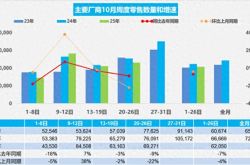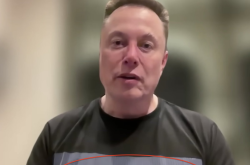Apple's Strategic Shift: From SE4 to iPhone16e
![]() 02/24 2025
02/24 2025
![]() 510
510
After three successful generations, Apple has opted against a fourth SE model, signaling the end of the SE series as we know it.
It appears that what was initially speculated to be the SE4 has now been rebranded as "iPhone16e," marking a shift in Apple's naming convention for budget-friendly devices. Going forward, these models will likely be designated as "iPhoneXXe," signifying their status as cost-effective alternatives to flagship models.
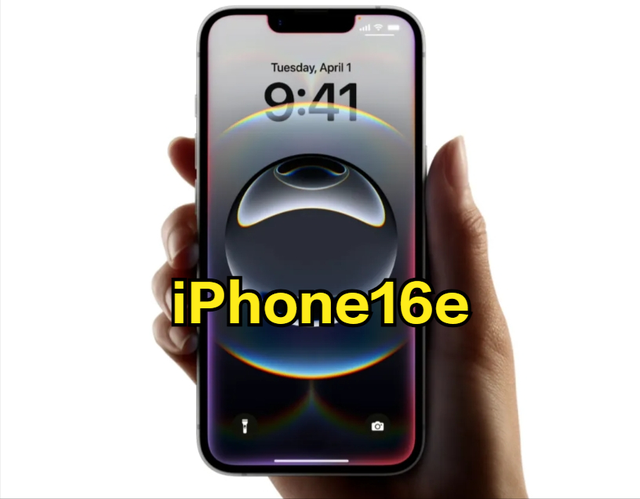
Since its unveiling, the iPhone16e has faced criticism, particularly regarding its pricing. Critics argue that a starting price of 4499 yuan is excessive, given the device's reduced features and modest performance. Some wonder if Apple is rushing to capitalize on the market.
However, this phone holds significant importance for Apple's future trajectory. If successful, it will not only help Apple sever its reliance on Qualcomm but also propel the company to new heights.
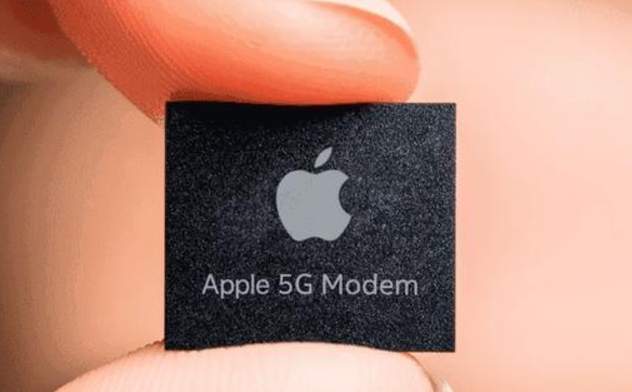
Why is this the case? The iPhone16e forgoes Qualcomm's baseband chip in favor of Apple's in-house C1 baseband. This shift is the culmination of six years of development, marked by numerous delays and whispers of abandonment. Yet, Apple has persevered, now confident enough to integrate this chip into its officially released phones.
This achievement alone signifies at least a 90% success rate for Apple. Moving forward, the company will continue to refine and validate the chip, enhancing its stability and functionality, with the ultimate goal of replacing Qualcomm's baseband chips on a large scale, thereby eliminating its dependency.
This is the cornerstone of Apple's future strategy. By developing its own chips, Apple aims to empower all internet-connected devices—phones, tablets, watches, and more—to function independently of Qualcomm. Isn't this a grand ambition? After years of preparation, Apple is poised to reap the rewards.
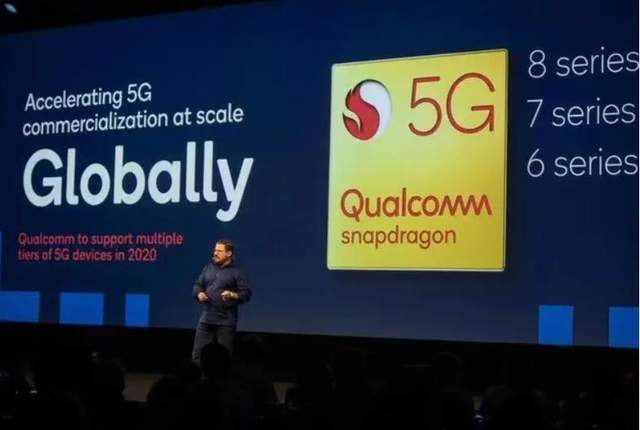
Moreover, the iPhone16e embodies Apple's aspiration to penetrate lower market segments.
In the premium phone market, Apple reigns supreme, commanding nearly 70% market share, according to agency data. However, this leaves only 30% for all other phone manufacturers combined, suggesting limited growth potential for Apple in this segment. Yet, this 70% only accounts for about 20% of the overall market, with the remaining 80% belonging to the mid- and low-end markets.
Is Apple content with merely holding onto these 20%? Certainly not. So, how does it plan to tap into the other 80%? By leveraging older models and the iPhone16e.
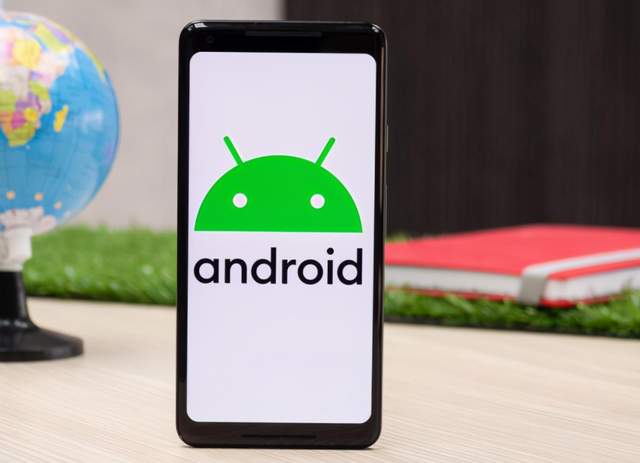
Priced at 4499 yuan, the iPhone16e could drop even lower, to around 3800 yuan or 500 USD, with discounts and promotions. This price point positions it as a mid-range device.
In the 500 USD bracket, the iPhone16e offers remarkable value, featuring an A18 chip, OLED screen, FaceID, iOS, and Apple AI. It is poised to make a significant impact on the mid-range market.
Even if the Chinese market remains skeptical, the global market is bound to embrace it. Won't this solidify Apple's presence in the mid-range market?
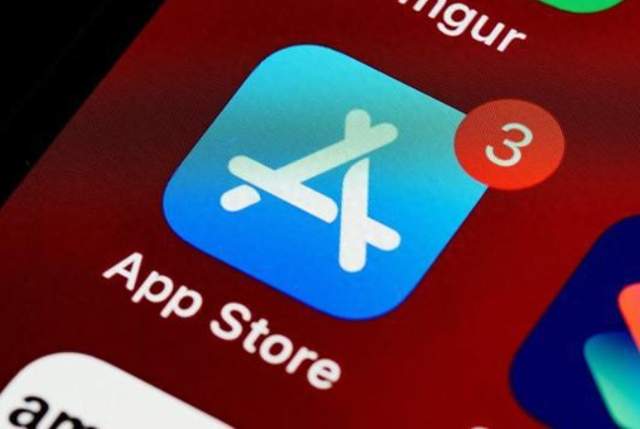
Therefore, do not underestimate the iPhone16e. If Apple's ambitions are realized, it will not only end its reliance on Qualcomm but also venture into the mid-range market, competing with Android phones and attracting a broader user base. With the Appstore, services, and software, Apple stands to generate even more revenue.



